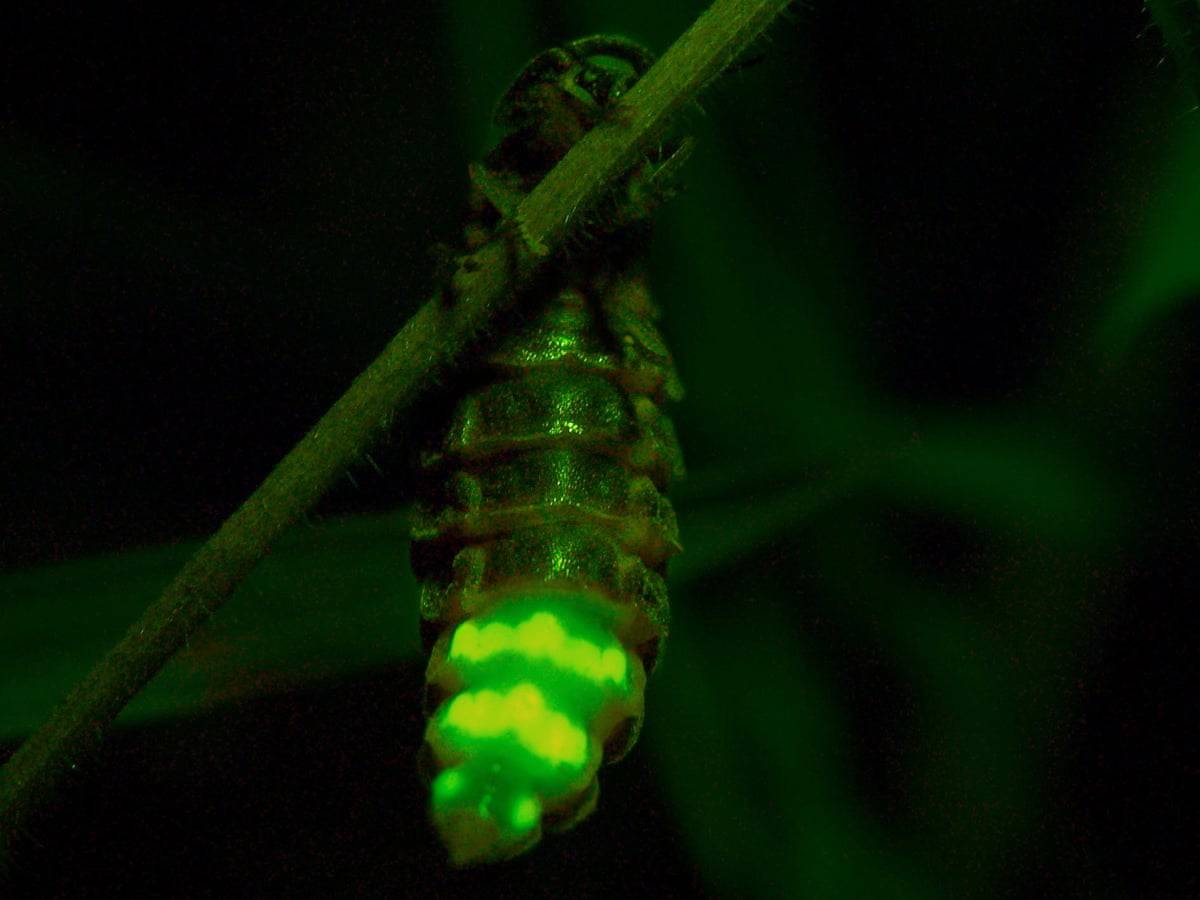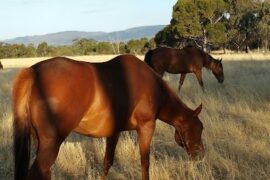Discover the Magic of Glow Worms: A Gleeful Guide for Parents
Welcome, curious parents and nature enthusiasts! Are you ready to embark on a twinkling journey into the world of glow worms? These fascinating creatures have captured the imaginations of children and adults alike, lighting up the evening with their natural wonder. This guide is crafted to help you understand these luminous insects and share an enlightening outdoor adventure with your little ones. So, let’s shine a light on the mystery of glow worms and spark a love for nature that glows in their hearts!
What are Glow Worms?
Glow worms are not actually worms but a descriptor used for various types of insect larvae and adult larviform females that emit light—a phenomenon known as bioluminescence. This light is the result of a chemical reaction happening within their bodies. It serves many purposes, from attracting mates to deterring predators. Their ability to glow can turn any nighttime walk into a fairytale experience for you and your kids.
The Science of Glowing
At the heart of a glow worm’s glow is a cool scientific principle called bioluminescence. It’s a chemical reaction that involves a light-emitting molecule called luciferin and an enzyme called luciferase, which when combined with oxygen, produces light. Unlike a lightbulb, this biological light is incredibly efficient, producing almost no heat. It’s a vivid demonstration of nature’s wonders that you can explore with your children right in your backyard or at a local park.
Finding Glow Worms in Their Natural Habitat
Ready for a glowing adventure? Glow worms can be found all over the world, from the wet caves of New Zealand, where the famous Arachnocampa luminosa resides, to the backyards of North America where the common firefly, often called a lightning bug, shares its glow. Venturing into their habitat after dusk provides the best chance to see these insects in their glowy glory. To maximize your chances, research local species and their preferred environments.
Introducing Glow Worms to Your Kids
Children are natural little explorers, and introducing them to glow worms can be a thrilling educational experience. Before heading out, you can spark their interest by reading books or watching documentaries about bioluminescence. Then, equip yourselves with some simple exploration tools like jars for gentle viewing (remember to release them soon after!), magnifying glasses, and a notebook for your young citizen scientist to document the experience. Emphasize the importance of respecting nature and the well-being of the glow worms, ensuring that curiosity comes with care.
Creating a Fun Learning Environment
Learning about glow worms isn’t just about fact-finding; it’s about creating a wonder-filled atmosphere that encourages curiosity and respect for nature. Turn this exploration into a game by challenging your kids to spot as many glow worms as they can, or sing some glowing tunes along the way. Afterwards, talk about the experience over a cup of hot chocolate or during family time. Such activities can reinforce the magical memories made during your glow worm adventure.
Stay tuned for the next part of our glow worm guide, where we will dive deeper into activities, crafts, and resources to continue this shimmering journey of discovery. After all, every flicker of light in the dark is an opportunity to light up a child’s imagination and foster a lifelong love for nature’s little wonders. Join us as we keep on glowing into the fascinating world of these remarkable creatures!
Remember, our world is full of delightful secrets waiting to be uncovered, and glow worms are just the start. So grab your explorer’s hat, muster your sense of wonder, and step into the twilight to witness the natural magic first-hand. Because there’s nothing like the spark of excitement in a child’s eyes when they see a glow worm for the first time—pure, illuminating joy!

Five Things Parents Should Know in Preparing for a Glow Worm Exploration
1. Timing is Everything
To ensure the best possibility of observing these glowing critters, choosing the right time is crucial. Glow worms are typically more visible on humid, warm nights without a moon. This means late spring through summer evenings, especially after rainfall, can be the perfect occasion to spot them. Keep an eye on the lunar calendar and aim for nights when the moon is not full to prevent its light from outshining the glow worms’ display.
2. Location, Location, Location
While glow worms can be found worldwide, they do have specific habitats they prefer. Moist environments such as woodlands, river banks, and marshy areas are often teeming with these bioluminescent beings. Before you embark, research the areas near you where glow worms are known to inhabit. Local nature groups or online forums can be great resources for finding the best spots in your region.
3. What to Bring on Your Adventure
Preparation is key for a successful glow worm outing. Pack lightly but efficiently—include flashlights with a red filter or red cellophane cover to avoid disturbing the glow worms and a UV flashlight to help locate them. Bring along a camera with a good low-light setting if you wish to capture the moment. Equip the kids with their own exploration kits, complete with notebooks, pencils, and jars for catching (and releasing) their finds.
4. Dress for the Occasion
As glow worm excursions often lead you through dewy and insect-filled environments, suitable clothing is essential. Opt for long sleeves, pants, and closed-toe shoes to protect against mosquitoes and other nocturnal nibblers. A light jacket or sweater may also be necessary as temperatures can drop after sunset.
5. Emphasize Respect for Nature
Instilling in children an understanding of the importance of conservation and respect for wildlife is perhaps the most significant preparation you can make. Teach them about the delicate balance of ecosystems and the role glow worms play within them. Encourage gentle handling, if any, and immediate release of these creatures to minimize stress and harm.
Armed with these five preparatory insights, you’re now ready to plan an evening that promises to be both educational and enchanting. Happy glow hunting!
Engaging Activities to Enhance Your Glow Worm Experience
Diving deeper into our glowing adventure, let’s explore activities that make the experience even more memorable. Transform your kids’ encounters with glow worms into a scientific quest. Have them sketch what they see, jot down observations, or even narrate their findings on a voice recorder. Bring along reference materials for them to compare and identify different species. When you return home, you can create a glow worm journal or a scrapbook filled with the night’s discoveries.
Moreover, integrating art into your post-adventure activities can be a fantastic way for kids to process and express their experiences. Let them paint or craft their interpretations of glow worms using glow-in-the-dark paints and materials.
The adventures don’t have to end when you leave the glow worm habitat. Cultivate an ongoing interest in bioluminescence with at-home science experiments that mimic glow worm light, such as combining baking soda and vinegar with a glow stick to simulate the chemical reaction that occurs in nature.
Through these hands-on activities and shared discoveries, the marvel of glow worms can leave a lasting impression on your children, nurturing their curiosity and commitment to exploring the great outdoors.
So there you have it, dear parents, an extensive guide to begin your family’s glow worm journey. Each step taken in the stillness of nature’s evening is an opportunity to bond, learn, and kindle a passion for the little luminaries of our world—the incredible, glowing glow worms.
For more great fun click here. For more information see here
Disclaimer
The articles available via our website provide general information only and we strongly urge readers to exercise caution and conduct their own thorough research and fact-checking. The information presented should not be taken as absolute truth, and, to the maximum extent permitted by law, we will not be held liable for any inaccuracies or errors in the content. It is essential for individuals to independently verify and validate the information before making any decisions or taking any actions based on the articles.




